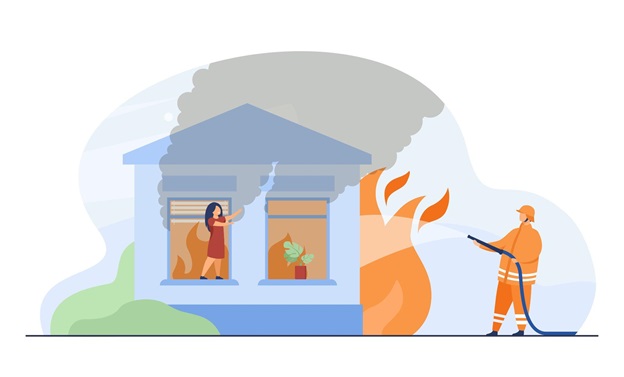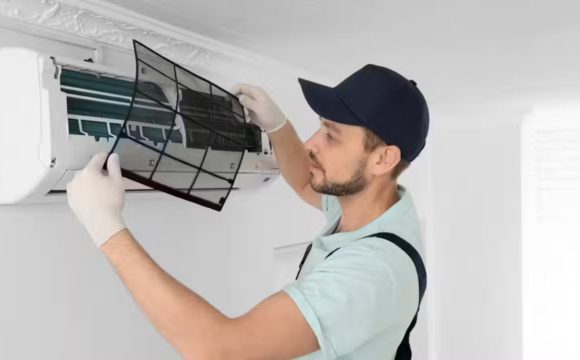Experiencing a fire in your home can be a devastating and disorienting event. The aftermath of such a disaster involves not only the emotional burden of loss but also the daunting task of recovery and restoration.
To navigate this challenging period, it’s essential to take systematic steps to ensure the safety, cleanliness, and eventual restoration of your home. Here are five crucial steps to follow after a fire damages your home.
1. Ensure Safety First
Before anything else, safety is paramount. Only re-enter your home when it’s been officially declared safe by the fire department. Fires can compromise structural integrity and leave behind dangerous residues and sharp objects hidden among the debris.
Resist the urge to salvage personal items until it is safe to do so, as unstable structures and toxic substances can pose serious risks.
2. Contact Your Insurance Company
Your next immediate action should be to contact your insurance provider. Promptly reporting the incident will kickstart the claims process. Your insurance agent will guide you on how to document the damage such as by taking photos, listing lost items, and noting damaged property.
This documentation is vital for the insurance claim and for receiving adequate compensation to cover the costs of damage and repairs.
3. Secure Professional Remediation Services
After a fire, it’s essential to enlist professional help. Hiring experts in residential fire remediation ensures that your home is thoroughly cleaned, deodorized, and restored to a safe state.
These professionals are equipped to handle the complexities of smoke and soot cleanup, odor removal, and structural repairs. They will also address any water damage caused by firefighting efforts, preventing further issues such as mold and mildew.
4. Conduct a Thorough Mold Inspection
Water used to extinguish the fire can create a new threat: mold growth. Mold can develop quickly in damp environments, posing health risks and further damaging your property. It is crucial to have a professional mold inspection conducted soon after the fire.
This step is vital to identify any potential mold issues early and to implement effective remediation strategies. Ensuring your home is mold-free is crucial for maintaining a healthy living environment.
5. Plan the Restoration Process
With immediate threats addressed, focus on the longer-term restoration of your home. This extensive process involves repairing or replacing damaged structures, rewiring electrical systems, and repainting and decorating interiors.
Engage with a restoration contractor experienced in dealing with fire-damaged properties. These professionals will help you navigate the various reconstruction challenges, ensuring your home is restored to a safe and welcoming condition.
Rebuilding and Moving Forward
Recovering from a home fire is a comprehensive process that requires patience and careful planning. By following these steps, you can effectively manage the recovery and restoration of your home, ensuring it is safe and healthy for your return.
Additionally, this process provides an opportunity to upgrade and improve your home’s safety features, such as installing smoke detectors and using fire-resistant materials.
With thorough preparation and professional assistance, you can overcome the challenges of a post-fire recovery and look forward to reinstating your home’s comfort and security.








